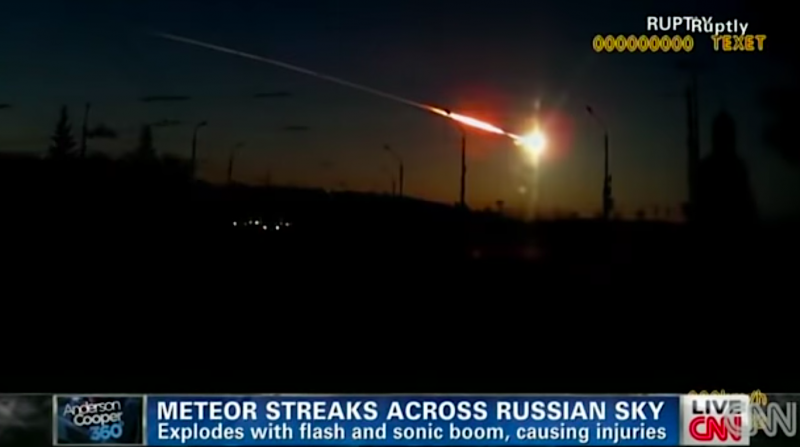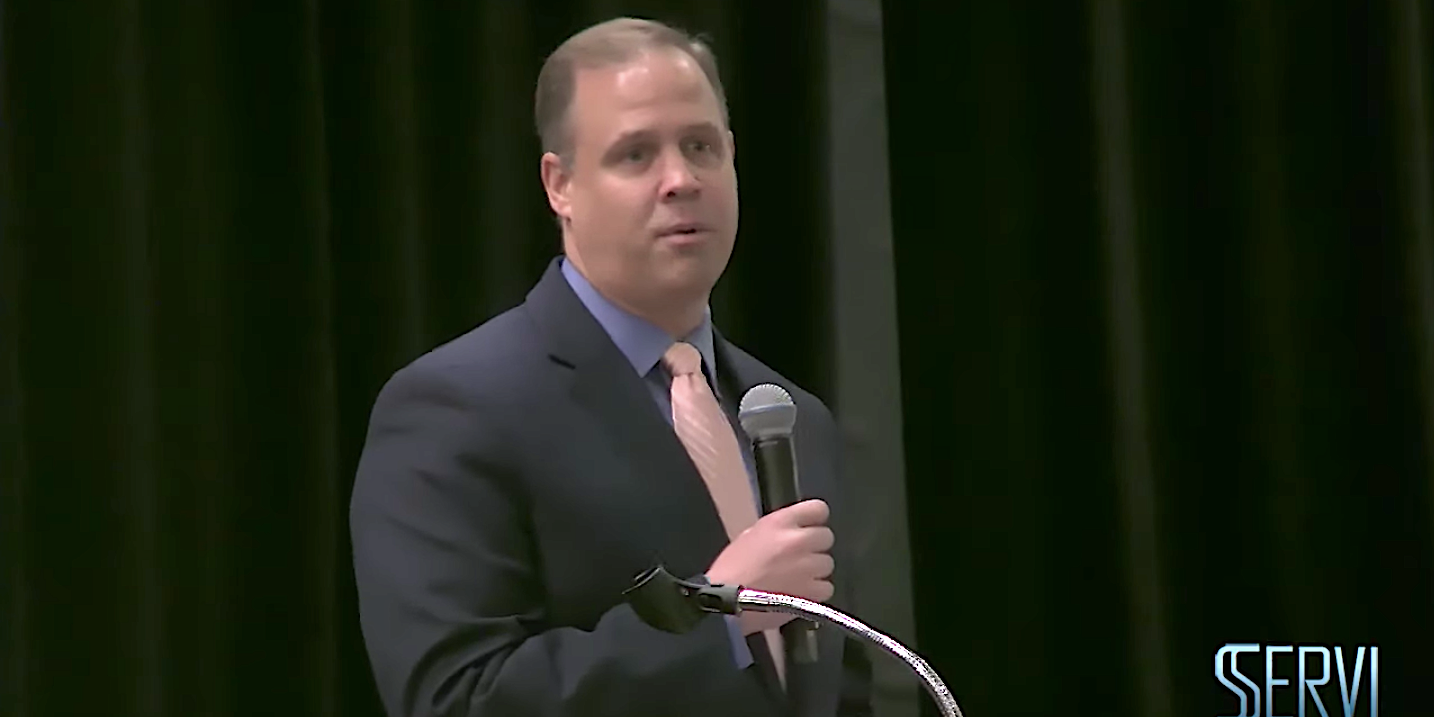- NASA Administrator Jim Bridenstine called on people to take the threat of a meteor crashing into Earth seriously.
- “We have to make sure that people understand that this is not about Hollywood. It’s not about movies,” Bridenstine told a conference on Monday.
- He noted that a meteor exploded over central Russia in 2013, damaging thousands of buildings and injuring more than 1,400 people.
- Visit BusinessInsider.com for more stories.
NASA’s administrator warned that the threat of a meteor crashing into Earth is bigger than we might think.
Jim Bridenstine told the International Academy of Astronautics’ Planetary Defense Conference on Monday that “the reason it’s important for NASA to take this seriously is something you call the ‘giggle factor,'” or scientific theories that seem too ridiculous to be likely.
“We have to make sure that people understand that this is not about Hollywood. It’s not about movies. This is about ultimately protecting the only planet we know right now to host life, and that is the planet Earth,” he added.
Bridenstine noted that in February 2013, a meteor measuring 20 meters (about 65 feet) in diameter and traveling at 40,000 mph entered Earth’s atmosphere and exploded over Chelyabinsk, in central Russia.

Read more: NASA found rare, extraterrestrial meteorite fragments in the ocean
Meteorites - smaller pieces broken from the larger meteor - crashed in the region, and a fireball streaked through the sky, the BBC reported at the time.
There was a loud, massive blast that caused a shock wave that broke windows and damaged buildings across the region, Bridenstine said, adding that the meteor's explosion had 30 times the energy of the atomic bomb in Hiroshima.
More than 1,400 people were injured. Many were hit by flying glass, CNN reported.
"I wish I could tell you that these events are exceptionally unique, but they are not," Bridenstine said.
He said that NASA's modeling had found that such events will take place "about once every 60 years." He added that on the same day of the Chelyabinsk meteor explosion, another, larger asteroid came within 17,000 miles of Earth but narrowly missed.
Scientific experts at this week's Planetary Defense Conference are discussing how the world can defend against any potentially hazardous asteroid or comet that looks likely to hit Earth, the conference said in a statement.
In such a scenario, Bridenstine said, NASA would measure the object's speed and trajectory and decide whether to deflect it or evacuate the area that it would hit.
Watch Bridenstine's speech, starting at the 2:39 mark, in the video below:

